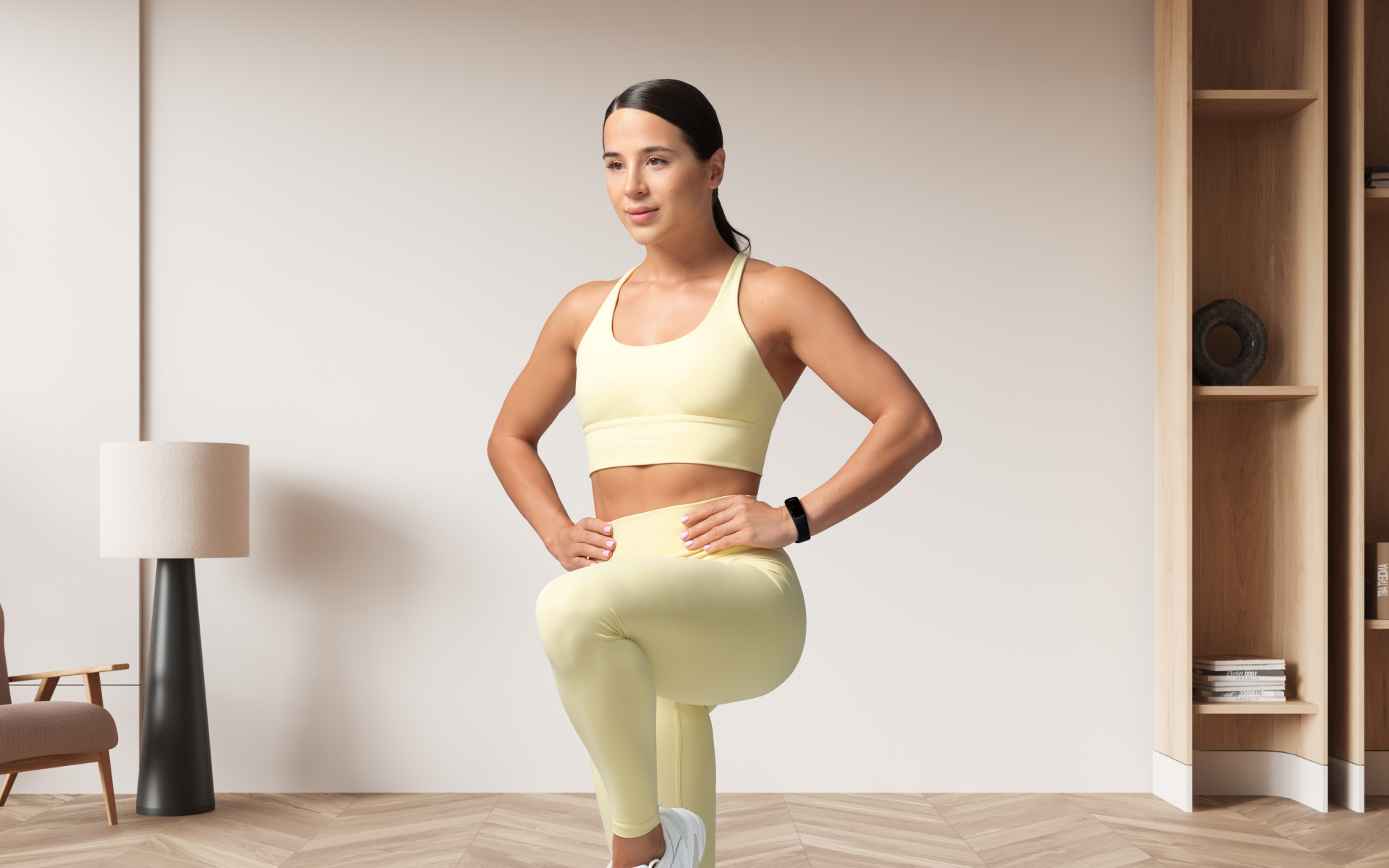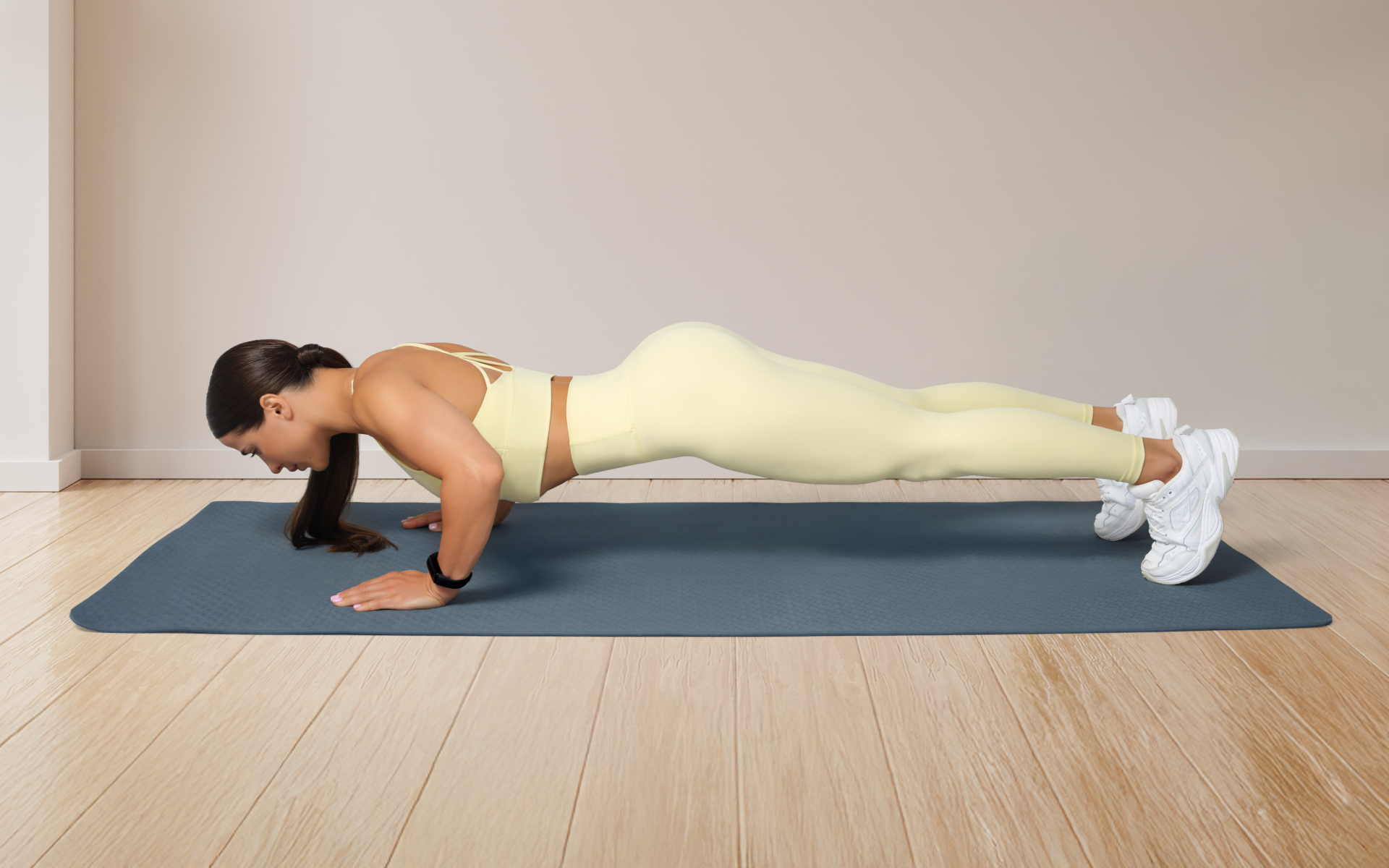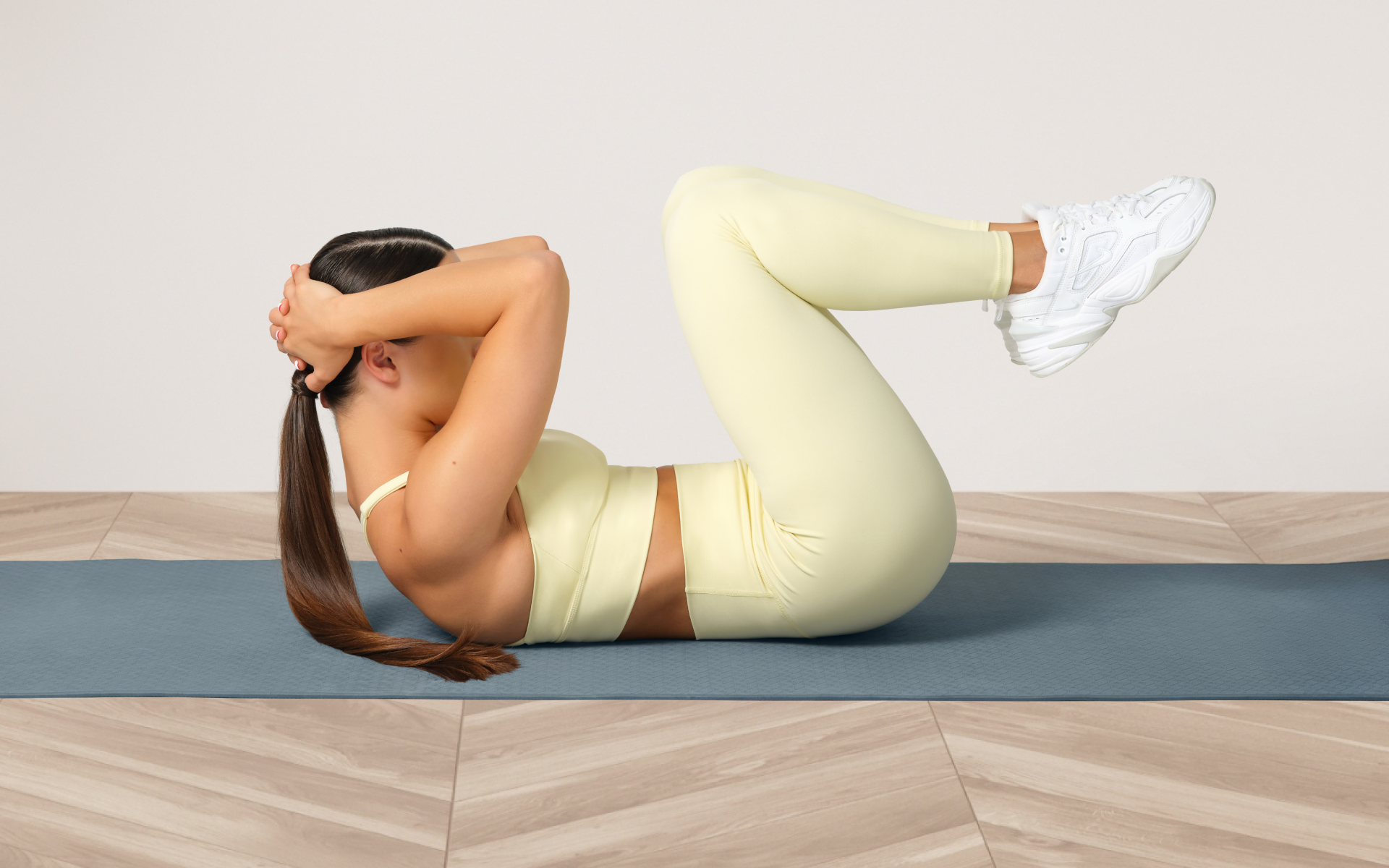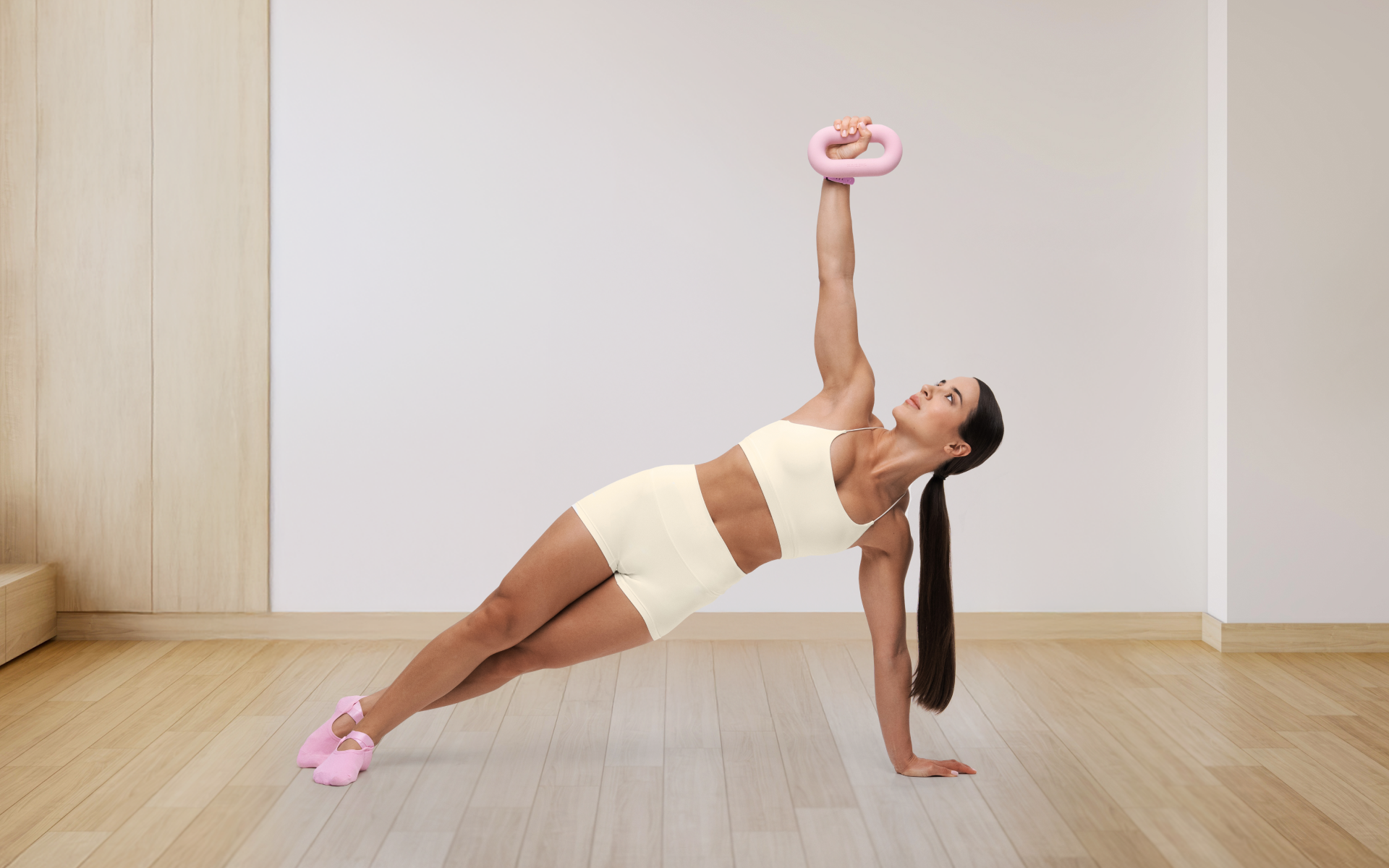Is a 6 day calisthenic routine the best option for you? When looking to build muscle or shed excess fat and weight, one of the first steps that one has to look into is how many days a week one should exercise. While some may work out 2 or even 3 days a week, some prefer pushing themselves and exercising up to 6 days a week.
But is a 6 day calisthenics routine for beginners the best option? Read on to learn more about this routine, what it requires, if it can help with weight loss, and if it’s healthy for you.
What Is A 6 Day Calisthenics Routine?
As the name suggests, this calisthenics routine requires you to exercise 6 days a week, leaving you with just one full day of rest. You can structure a 6 day calisthenics routine for weight loss or muscle growth in one of two ways:
-
Option 1 – Full Body Workouts
As you can assume from the name, such a routine would require you to exercise all the major muscle groups in your body in one session.
For all 6 days of the week you work out, you will target your upper body, core, and lower body (legs) in every session.
Such a routine would require you to engage in compound exercises (aka multiple-joint exercises) targeting multiple muscle groups simultaneously (1, 2).
-
Option 2 – A 6-Day Split Routine
Unlike a full-body routine, split routines or split training is an exercise program that works out different muscle groups on various days of the week.
An example of a split routine would be:
- Day 1 – upper body push exercises
- Day 2 – core and cardio
- Day 3 – upper body pull exercises
- Day 4 – lower body workout.
It is important to note that split routines use isolation/single-joint exercises, which simply mean exercises that use just one muscle or muscle group at a time (1, 2). Compared to traditional weight training, this isolation is typically more challenging with calisthenics exercises.
How you structure your 6 day calisthenics workout plan depends on which options work best for you and your lifestyle.
How Many Times A Week Should You Do Calisthenics?
Because calisthenics exercises only require your body weight to complete, some may assume that you can do such workouts every day of the week.
This idea could not be further from the truth. According to the CDC and the NHS, adults need physical activity up to 5 days a week (3, 4).
If you are doing light-intensity exercise, say a quick 30-minute walk, doing this all 7 days of the week will likely not cause any harm to your body and muscles. However, if you are doing intense muscle-targeted workouts like calisthenics, HIIT, etc., or even intense cardio like running, doing this every day can lead to overtraining – a condition that affects both your physical and mental health as well as your athletic prowess (5).
Whether you’re a workout beast or just a beginner making your first foray into the world of fitness and dieting – BetterMe has a lot to offer to both newbies and experts! Install the app and experience the versatility first-hand!
Overtraining can result in symptoms such as chronic fatigue, decreased performance, and increased risk of injuries.
The CDC recommends at least 150 minutes of moderate-intensity aerobic activity or 75 minutes of vigorous-intensity aerobic activity per week, along with muscle-strengthening activities 2 or more days a week. Similarly, the NHS advises spreading exercise evenly over 4 to 5 days a week to ensure adequate recovery and prevent overuse injuries. Balancing intense workouts with proper rest and recovery is crucial for maintaining overall health and optimizing fitness gains (4).
Can You Do Calisthenics 6 Days A Week?
Yes, you can – but it’s generally not advisable, especially if you are a beginner. Researchers advise humans to have 1 to 2 days of rest within a week to allow their muscles to repair and recover from the strain caused by exercise (6).
While we see 24 to 48 hours as the standard, it is essential to note that according to an older comparative study published in The Journal of Strength and Conditioning Research, scientists pointed out that the younger group of study participants performed better at their training sessions after 72 hours (3 days) of rest (7). This 3-day rest period indicates that younger athletes must take longer duration rest days when performing heavier lifts.
Based on the information we found, there may be better options than a 6 day calisthenics routine for most exercisers. Such a program is best left to those with advanced experience with the gym and exercise as a whole.
If you are a beginner, it’s best to aim for a simple calisthenics routine that only requires you to exercise 3 to 5 days a week and no more.
Read more: Calisthenics Vs Weights: Which Road Should You Go Down?
Can I Build Muscle Working Out 6 Days A Week?
Yes, you can – but such a routine also puts you at a high risk of overtraining. If you still want to exercise for these many days per week, here are some things you can do to reduce the risk of overexercising.
Do A Split Routine Rather Than Full Body Workouts
As explained above, split routines only require you to work specific muscles on particular days rather than target all major muscles in a single training session.
When you do split routines, you allow your muscles to take a break between one training session and the next, allowing them time to recover and repair themselves – which then allows you to perform well during the next training session.
Please Note:
If you are worried that splitting your routine like this may affect your gains, research has shown that split and full-body workouts offer the same results in muscle hypertrophy and strength (2, 8, 9).
As long as you train as intensely during your split calisthenics routine as you would your full body one, the desired results will likely still show.
Find out what muscle groups to workout together by considering common pairings such as:
- Chest and triceps
- Back and biceps
- Legs and shoulders.
These combinations allow for efficient recovery and balanced muscle development, maximizing your workout effectiveness (10).
Incorporate Active Recovery On One Of The 6 Days
Just because the program says ‘6 days calisthenics routine’ doesn’t mean you have to do calisthenics all 6 days of the week. To further reduce the risk of overexercising your muscles, you should pick one day (or even 2) of the 6 days where you do low-intensity exercises, which give you a break from the more intense workouts of the other days. Some simple active recovery exercises you can add to your 6 day calisthenics routine at home include yoga, walking, swimming, hiking, or even cycling.
On The 7th Day, Rest Fully
Be a couch potato and binge your favorite shows or read. You can even stay in bed and just let the day go by. Active rest is excellent, but passive rest is another great option, allowing your body and muscles to rest as much as possible.
Read more: Quick Calisthenics Workout for Beginners (Exercise Steps and FAQ Included)
What Is A Good 6-Day Workout Routine?
If you still feel like a 6 day calisthenic routine would work best for you, here is a sample routine you can do from home.
Day 1 – Upper Body Push Exercises
- Resistance band bench press: 3 sets of 10-12 reps
- Tricep Dips: 3 sets of 8-10 reps
- Standard or knee push-ups: 3 sets of 10-15 reps
- Elbow planks: 3 sets of 30-60 seconds
- Mountain Climbers: 3 sets of 20-30 reps
Day 2 – Legs/Lower Body
- Jump Squats: 3 sets of 10-12 reps
- Bulgarian splits: 3 sets of 8-10 reps per leg
- Glute Bridge: 3 sets of 12-15 reps
- Forward and Reverse lunges: 3 sets of 10-12 reps per leg
- Bodyweight squats: 3 sets of 15-20 reps
- Curtsy lunges: 3 sets of 10-12 reps per leg
Day 3 – Active Rest
- 30 to 45-minute yoga session
Day 4 – Upper Body Pull Exercises
- Traditional pull-ups: 3 sets of 5-8 reps
- Towel or banded rows: 3 sets of 10-12 reps
- Chin-ups: 3 sets of 5-8 reps
- Banded lat pull-downs: 3 sets of 10-12 reps
- Bicep curls: 3 sets of 10-15 reps
Day 5 – Core/Abs
- Leg raises: 3 sets of 10-15 reps
- Reverse crunches: 3 sets of 12-15 reps
- Side Planks: 3 sets of 30-60 seconds per side
- High Planks: 3 sets of 30-60 seconds
- V-hold: 3 sets of 20-30 seconds
Day 6 – Leg Dominant Cardio & Active Rest
- Try hiking, walking, running, or swimming for 30 to 45 minutes
- Do 20 to 30 minutes of yoga or tai chi
Points to Note
- For any exercise listed, try doing 3 sets per exercise for 8 to 12 reps per workout.
- Hold plank positions for 30 seconds up to 2 minutes and no more. Focus on form rather than time. Breathe in through your stomach and out through your chest. With every breath out, try to squeeze your stomach even further.
- For a longer routine, check out our 30 day calisthenics workout plan article for more details.
Can I Get Fit with Just Calisthenics Everyday?
Yes, you can achieve your fitness goals by doing calisthenics if paired with a nutritious diet. Research over the years has continuously proven that calisthenics can help muscle gain, strength, and weight and fat loss (2, 8, 9, 11, 12).
However, as previously mentioned, you should not do calisthenics workouts daily. Give yourself at least 24 to 48 hours of uninterrupted rest each week.
If you wish to free yourself from all the extra pounds that have been weighing you down for way too long, start using the BetterMe: Health Coaching app and overhaul your entire life!
Is 30 Minutes Of Calisthenics Enough?
Yes, it is. Adult physical activity guidelines have always stated that the least required amount of exercise per week should be around 150 minutes (3, 4) – which goes to show that just half an hour of exercise 5 days a week, done consistently, can give you the desired results.
However, 30 minutes of exercise is only part of it. Recent research has also shown that up to 10 minutes of exercise a day is as effective as workouts that take 30 minutes or longer (13). So, do not feel bad if you only have 30 minutes or less to do your workouts. Consistency and intensity will pay off in the end.
No, you should not work your core directly every day. As mentioned above, exercising your muscles daily without a break could lead to overtraining. Remember that we indirectly work our core muscles when doing other kinds of exercises, be it lower or upper-body workouts. So you don’t always have to do targeted ab workouts each day. Just one or two days of core-specific exercises is enough. Yes, it is. Like everything new, you need to pace yourself for the best results. Even among advanced exercisers, only a tiny percentage can manage a 6-day-a-week routine. To avoid burnout or overtraining, stick to a 3- to 4-day routine. As mentioned above, yes, you can. However, we do not recommend it since it doesn’t give your muscles ample time to rest, which can lead to overexercising the muscles in question. If you are going with this route, switch up the intensity throughout the 6 days to allow for some lower-intensity workout days. Absolutely. Overtraining (5) is very real, and some of the symptoms you may experience include:Frequently Asked Questions
Can I Do Core 6 Days A Week?
Is 6 Days A Week Workout Too Much For Beginners?
Can I Do Full Body Workout 6 Days A Week?
Is Overtraining Syndrome Real?
The Bottom Line
There is no problem with wanting to give your all in a workout routine and being determined to reach your goals. However, intense routines like a 6 day calisthenics routine are not the best or safest options for everyone.
If you are a beginner, we suggest you refrain from using this plan but look for something simpler – 3 to 5 days are enough. Intermediate and advanced exercisers should exercise caution when attempting this routine. Having more experience doesn’t necessarily mean you cannot experience the risks of too much exercise. Many professional athletes and advanced exercisers have experienced overtraining syndrome.
DISCLAIMER:
This article is intended for general informational purposes only and does not serve to address individual circumstances. It is not a substitute for professional advice or help and should not be relied on for making any kind of decision-making. Any action taken as a direct or indirect result of the information in this article is entirely at your own risk and is your sole responsibility.
BetterMe, its content staff, and its medical advisors accept no responsibility for inaccuracies, errors, misstatements, inconsistencies, or omissions and specifically disclaim any liability, loss or risk, personal, professional or otherwise, which may be incurred as a consequence, directly or indirectly, of the use and/or application of any content.
You should always seek the advice of your physician or other qualified health provider with any questions you may have regarding a medical condition or your specific situation. Never disregard professional medical advice or delay seeking it because of BetterMe content. If you suspect or think you may have a medical emergency, call your doctor.
SOURCES:
- Progression Models in Resistance Training for Healthy Adults (2009, journals.lww.com)
- A randomized trial on the efficacy of split-body versus full-body resistance training in non-resistance trained women (2022, bmcsportsscimedrehabil.biomedcentral.com)
- Adult Activity: An Overview (2023, cdc.gov)
- Physical activity guidelines for adults aged 19 to 64 (2024, nhs.uk)
- Overtraining Syndrome (2012, ncbi.nlm.nih.gov)
- Effects of Consecutive Versus Non-consecutive Days of Resistance Training on Strength, Body Composition, and Red Blood Cells (2018, ncbi.nlm.nih.gov)
- A series of studies–a practical protocol for testing muscular endurance recovery (2003, pubmed.ncbi.nlm.nih.gov)
- Split or full-body workout routine: which is best to increase muscle strength and hypertrophy? (2021, ncbi.nlm.nih.gov)
- Efficacy of Split Versus Full-Body Resistance Training on Strength and Muscle Growth: A Systematic Review With Meta-Analysis (2024, researchgate.net)
- What Muscle Groups Should I Work Out Together? (2022, health.usnews.com)
- Effect of calisthenics workouts for weight loss and flexibility (2019, journalofsports.com)
- The effects of a calisthenics training intervention on posture, strength and body composition (2017, researchgate.net)
- An Overview of Current Physical Activity Recommendations in Primary Care (2019, ncbi.nlm.nih.gov)











